Leaving Durango, our road trip’s next destination is Buffalo, Wyoming. Our visit to Buffalo completes a circle, linking this road trip to our last big road trip when we visited the town for the first time and stayed at the Occidental Hotel in 2010. The distance from Durango to Buffalo is more than 650 miles, and so we take two days for the journey—following our road trip rule of driving no more than about 400 miles in one day.
For the first day, we have booked a room at the Hampton Inn in Craig, Colorado, and we roll out of the San Juan mountains past Ouray on US 550. My wife remembers camping near Ouray with her family when she was about 15 years old. The road joins with US 50 at Montrose, and we continue on to Grand Junction, where we connect with I-70. This stretch of the interstate is a scenic route that carves through beautiful rocky cliffs along the Colorado River. At Rifle, we turn north onto Highway 13, which takes us into Craig.
Our room at a Hampton Inn has a view of the Craig Station, a 1300-MW coal fired power plant. The power plant is the number one carbon polluter in the state of Colorado. Our room is spacious, but lacks a refrigerator and microwave. That evening, we have a delightful dinner at Carelli’s Pizzeria. I have Tuscan Shrimp (shrimp sautéed in garlic and brandy, served over fettuccini) and my wife has Chicken Marsala. The food is excellent.
The next morning, after a disappointing hotel breakfast featuring inedible powdered scrambled eggs, we continue northward on Highway 13, which becomes Highway 789 when we cross the border into Wyoming. At Creston Junction, we jog east on I-80 to Rawlins, where we take Highway 287 north for about 40 miles, turning onto Highway 220 just passed Muddy Gap. At Casper, we take I-25 north to Buffalo.
Along the way, we cross the historic emigrant trails and pony express route. We stop for lunch at Independence Rock, so-named by pioneers who would hope to reach the spot by July 4 because it meant that they might reach their destinations in California and Oregon before the winter snows. Since leaving Craig, we have crossed the Continental Divide four times, and our road trip has logged over 2,000 miles.
Arriving in Buffalo around 4:00, we check into the historic Occidental Hotel. We are staying in the Owen Wister Suite. Wister was the author of The Virginian, a 1902 western novel that describes a shootout in a setting that may have been inspired by the hotel, although there is no documentary proof that Wister ever stayed at The Occidental.
We love our suite, which consists of an elegantly decorated bedroom and a separate bathroom with a claw foot tub on an elevated platform. The door to the bathroom has a window, providing a view of the throne. There is also a little alcove room that leads to a small balcony overlooking Buffalo’s Main Street.
Staying at the Occidental is like spending the night in a historical museum. It is filled with antique furniture, old photographs, quilts and ladies’ fashions from an earlier era. The hotel began its life in 1879 as a couple of tents pitched along Clear Creek. In 1880, the hotel occupied a log structure that had six guest rooms. Teddy Roosevelt stayed there in 1884, and the list of famous guests includes Butch Cassidy, Buffalo Bill Cody and Calamity Jane.
By the 1890s, the Occidental had expanded into two annexes built next to the original structure. The construction of the brick building that the hotel occupies to this day began in 1903. Our room is in this older section of the hotel. Two more two-story brick sections were added in 1908 and 1910, completing the current 122-foot façade.
The hotel lobby is connected to the saloon, and from the saloon, you enter The Virginian, the hotel’s formal dining room. When we walk in at our reservation time, the restaurant is nearly deserted. We take our table and order bison steak and elk tenderloin. The steak is stringy and tough, but the elk is tender and delicious. For dessert, we order a single serving of chocolate whiskey cake to take back to our room. It is superb—velvety soft and chocolaty with a light, creamy icing that is perfect and does not dominate the cake. We might return to Buffalo just for another slice of this cake.
In 1921, Margaret Smith became the manager of the Occidental. She ran the establishment for the next 56 years. The hotel closed down in 1984 and fell into disrepair. It remained closed for six years. John and Dawn Wexo bought the hotel in 1997. By then, the interior had become quite dilapidated. The Wexos began to restore the hotel, opening the first floor as a hotel museum. Over the next ten years, the Wexos spent more than a million dollars in the restoration, preserving the Occidental as a national historic landmark and returning it to service as a functioning hotel.
Next door to the hotel is The Busy Bee, where we have breakfast in the morning. The Busy Bee is historic in its own right having been in operation since 1927. The day’s main event is a visit to the Jim Gatchell Historical Museum. For many years, Gatchell worked as a pharmacist and owned a drug store on Main Street. As a hobby, he collected historic artifacts, including many Native American artifacts. After he died in 1954, his family donated the collection to the county on the condition that a museum be established. The museum opened in 1957.
It is an astonishingly good small museum that tells the story of the local area from prehistoric times to the modern era. The museum includes exhibits about early pioneers and Native American tribes as well as items from Gatchell’s pharmacy. There is an exhibit about Basque sheepherders and a room full of old wagons, including a sheepherder wagon—forerunner of the modern day RV. Among the exhibits about early Buffalo history, I am fascinated by the story of the Johnson County Cattle War.
In the late 1800s, cattle barons were running huge herds on public land in Johnson County, where Buffalo, the county seat, is located. Local settlers operated small cattle ranches on their own fenced-off acreage, but they would also graze their cattle on the open public range. Hostility grew between the barons and the local ranchers. The barons banded together as the Wyoming Stock Growers Association and claimed they were victims of large-scale cattle rustling. The local ranchers believed that the WSGA was determined to drive them out of the cattle business altogether.
In 1892, a group of 52 “Invaders,” cattlemen and hired guns financed by the WSGA, rode into Johnson County, intent on killing troublesome local ranchers. A year before, Nate Champion, who had irritated the WSGA by asserting his right to graze cattle on public land, had been attacked at his ranch by a gang of hired assassins. After a gun battle, one of the would-be assassins was left fatally wounded, while the rest of the gang ran off. One of the alleged assassins was arrested on a charge of attempted murder, but before the trial could begin, the WSGA Invaders showed up and surrounded Champion at the KC Ranch. A long gun-battle ensued, and the Invaders eventually set fire to the cabin where Champion was holed up. He ran for his life and was shot dead.
Meanwhile, word of the invasion had spread, and a posse of 200 locals cornered the Invaders at the T.A. Ranch south of Buffalo. As the posse made plans to close in, soldiers from Fort McKinney arrived on the scene and took custody of the Invaders. Wyoming Governor Amos Barber had managed to convince President Harrison to deploy the U.S. Cavalry to put down the “insurrection.” In fact, however, Barber’s sympathies were with the Invaders, and he was instrumental in frustrating the investigation and the criminal case against them. Eight months later, all charges were dropped.
In the afternoon, we take a walking tour along Main Street and stop at some of the shops. We relax in our hotel suite and plan our road trip’s remaining itinerary. That night we have dinner across the street at Pie Zanos, an Italian eatery. The place is crowded (the high school soccer team is celebrating the end of the school year), but the service and the food are excellent.
In the morning we have a farewell breakfast at the Busy Bee and check out of the Occidental. As we think about this road trip, we realize that, at our ages, we may have visited Arches and Mesa Verde for the last time and we may not ride the Durango & Silverton Railroad again, but we can imagine that we will return one day to the Occidental.
More Wild West
Views: 13
Some other stuff for later,
- 74We drive north from Buffalo on I-90. Our destination tonight is the town of Anaconda, about 20 miles west of Butte, Montana. The founder, copper king Marcus Daly, wanted to call the town “Copperopolis,” but another Montana mining town had already claimed the name. So the town became Anaconda instead,…
- 72We check in at the Durango Lodge for two nights. The motel’s pool is tempting, but dinner is our priority. We take a walk down Durango’s Main Avenue. The centerpiece is a grand old hotel, The Strater, built in 1887. Somewhat less pretentious is the General Palmer Hotel, built in…
- 71On a sunny Monday morning in the middle of May, we set out from our home in Oregon’s Willamette Valley. As we would do on most mornings during our road trip through the American West, we had flipped a coin to decide who would take the first driving stint. Each…
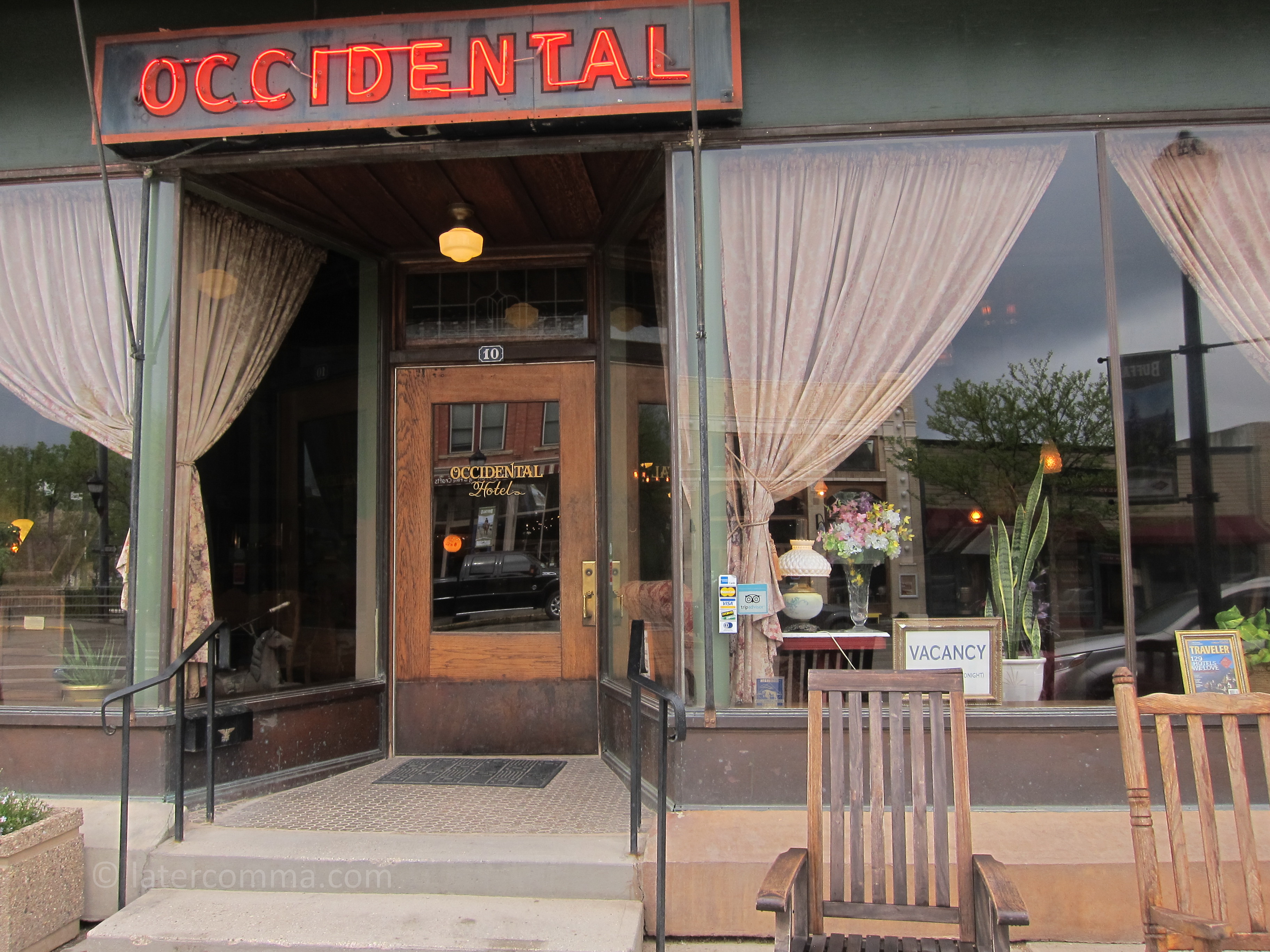
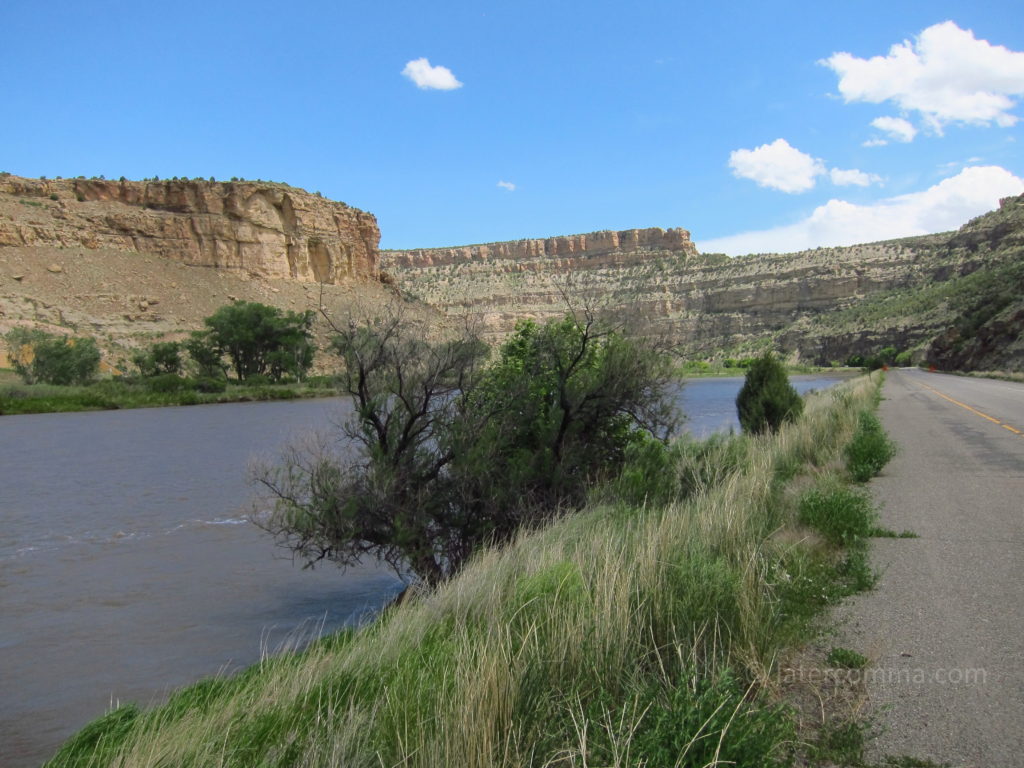
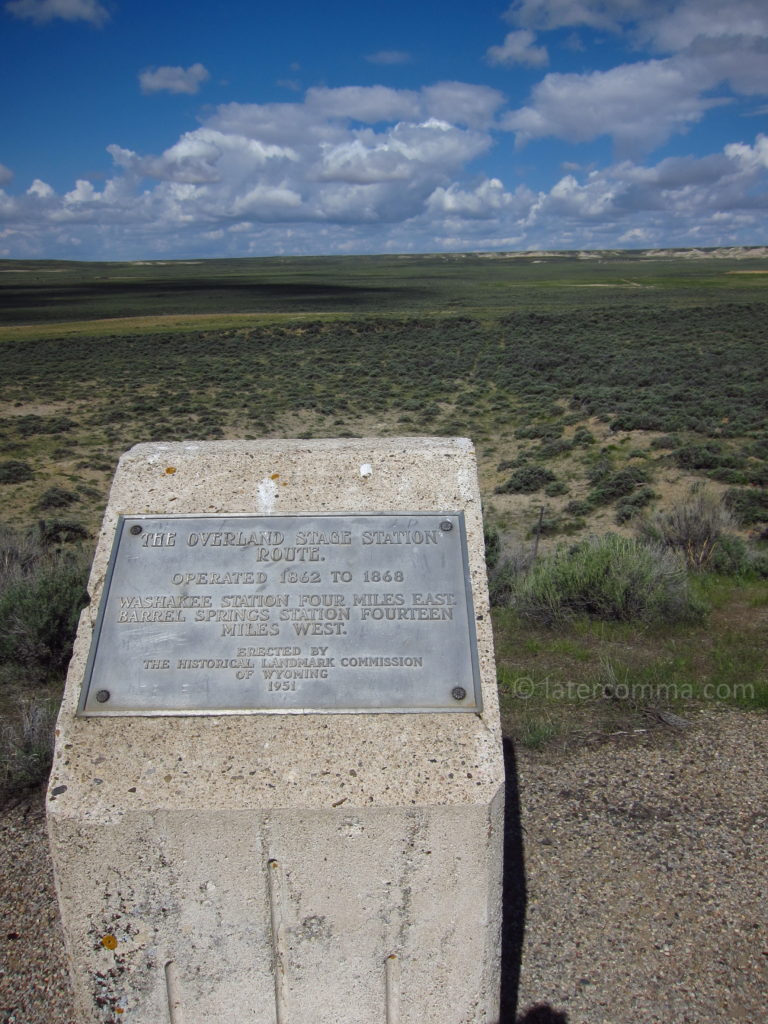
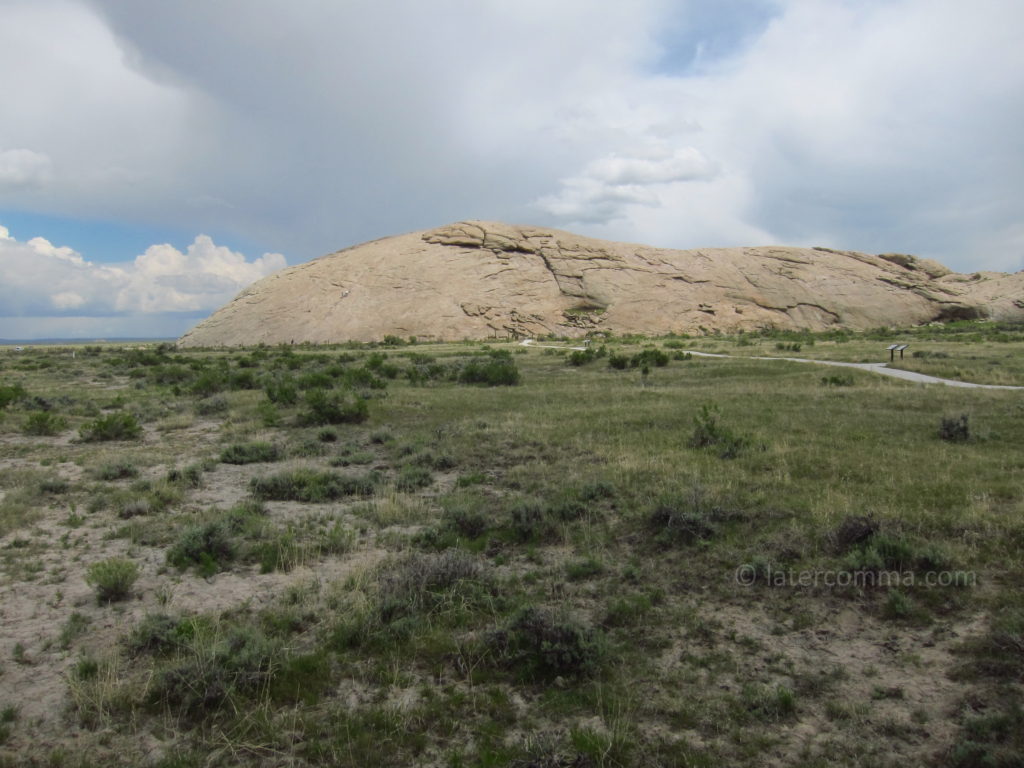
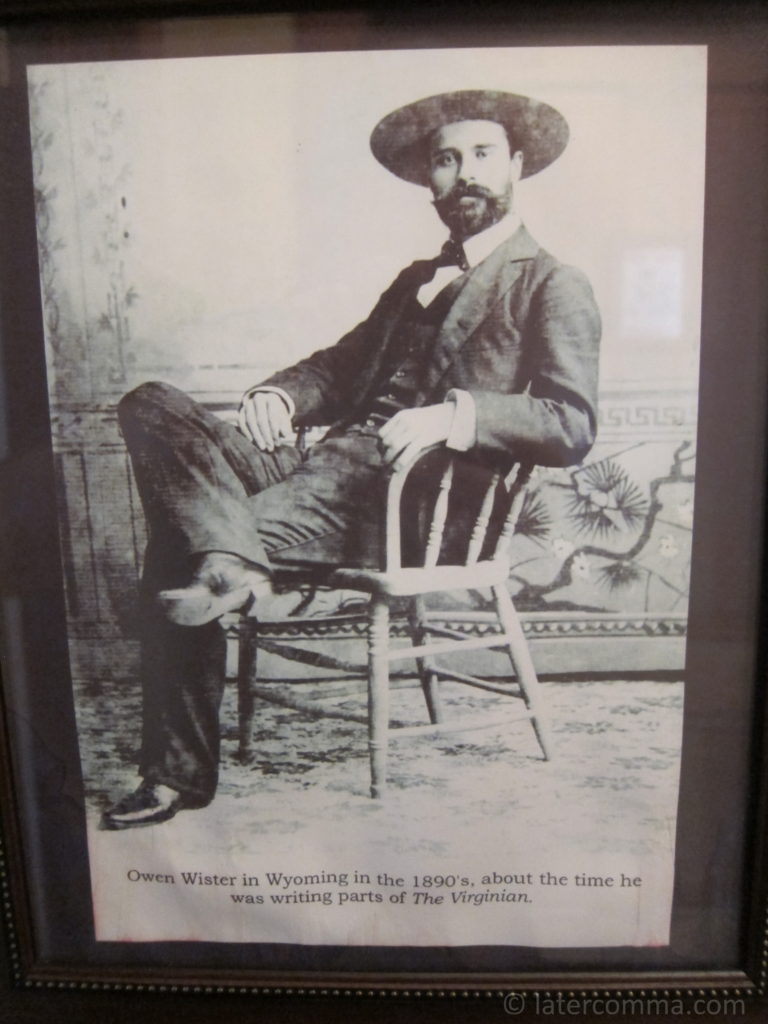
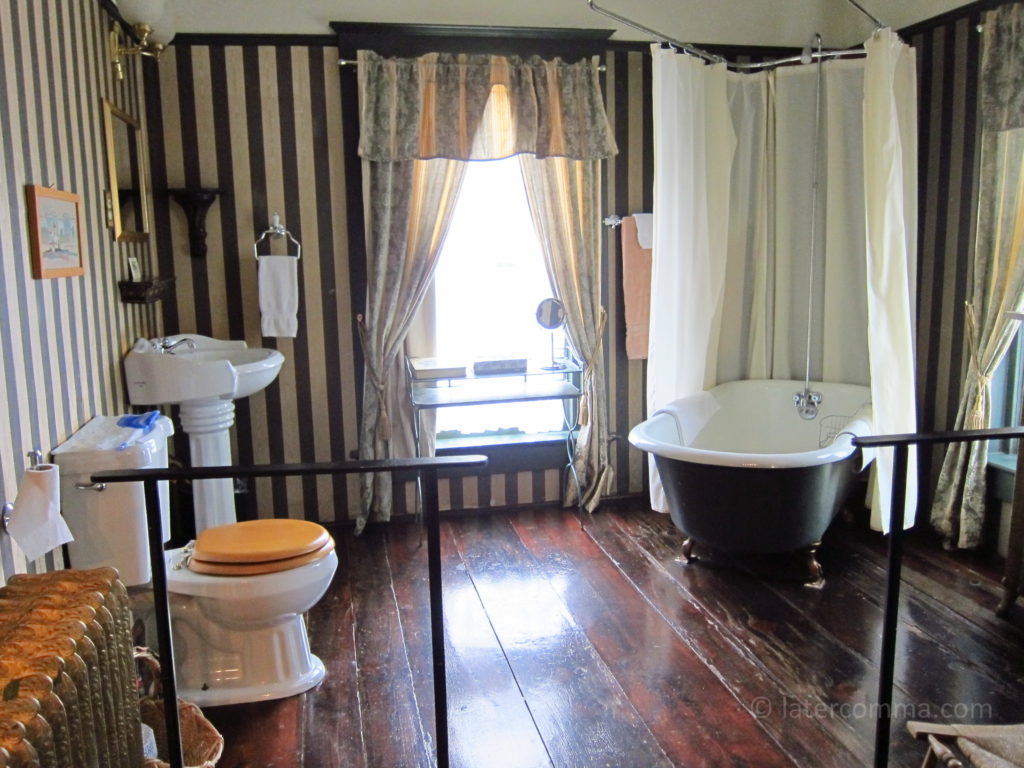
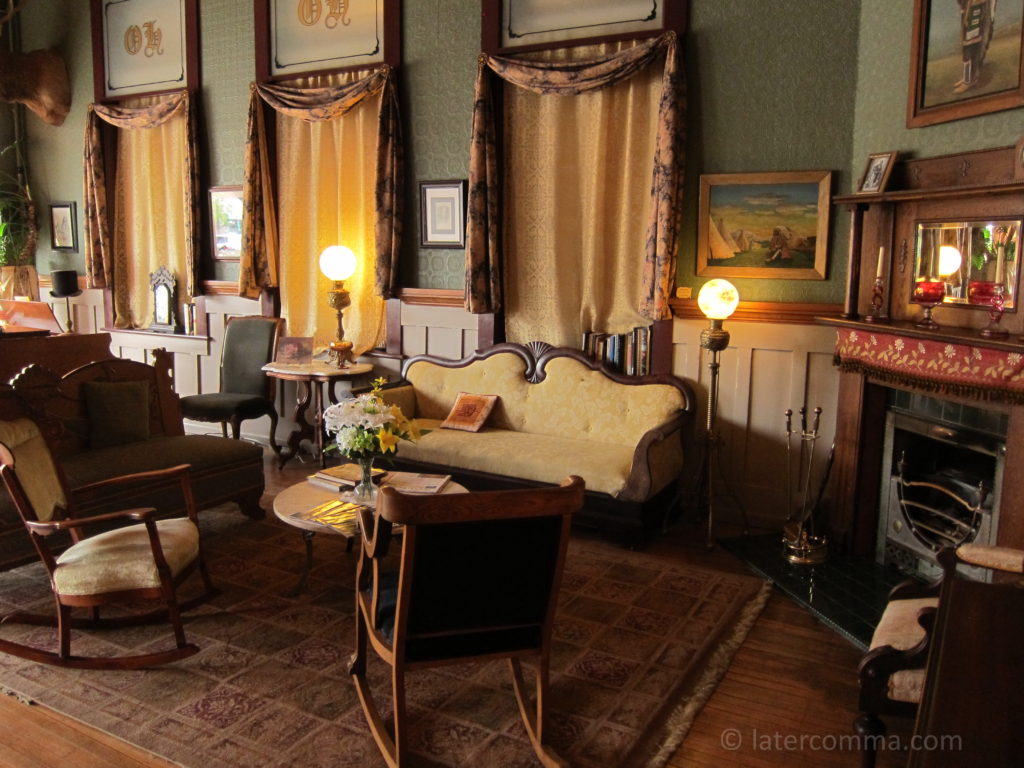
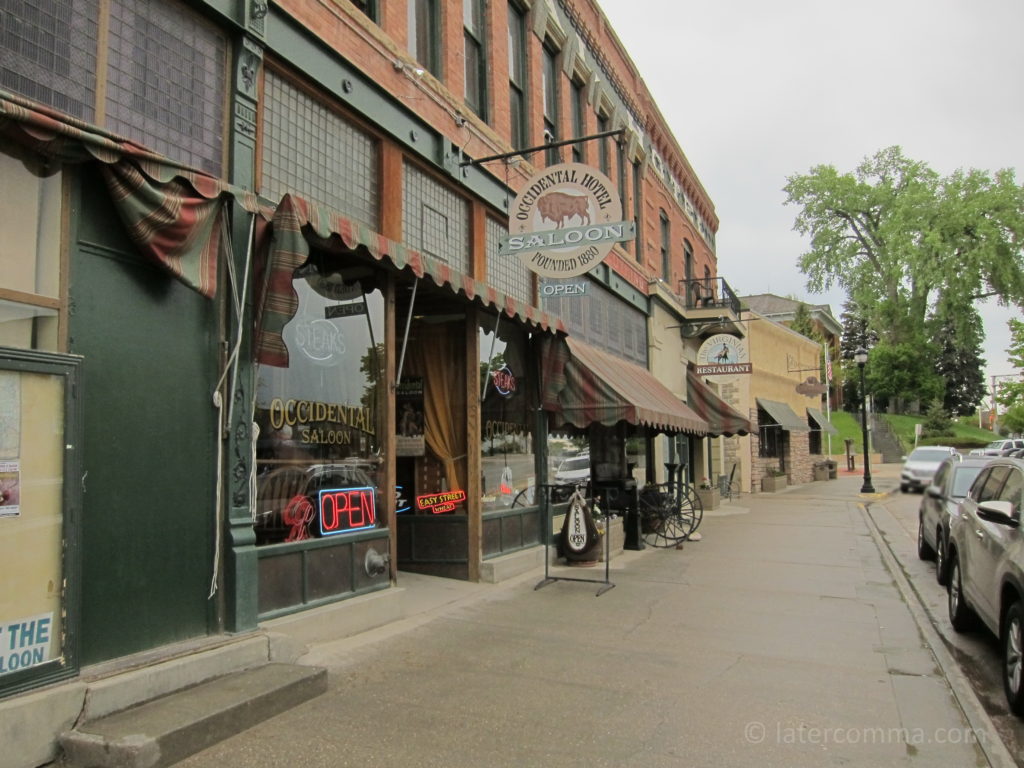
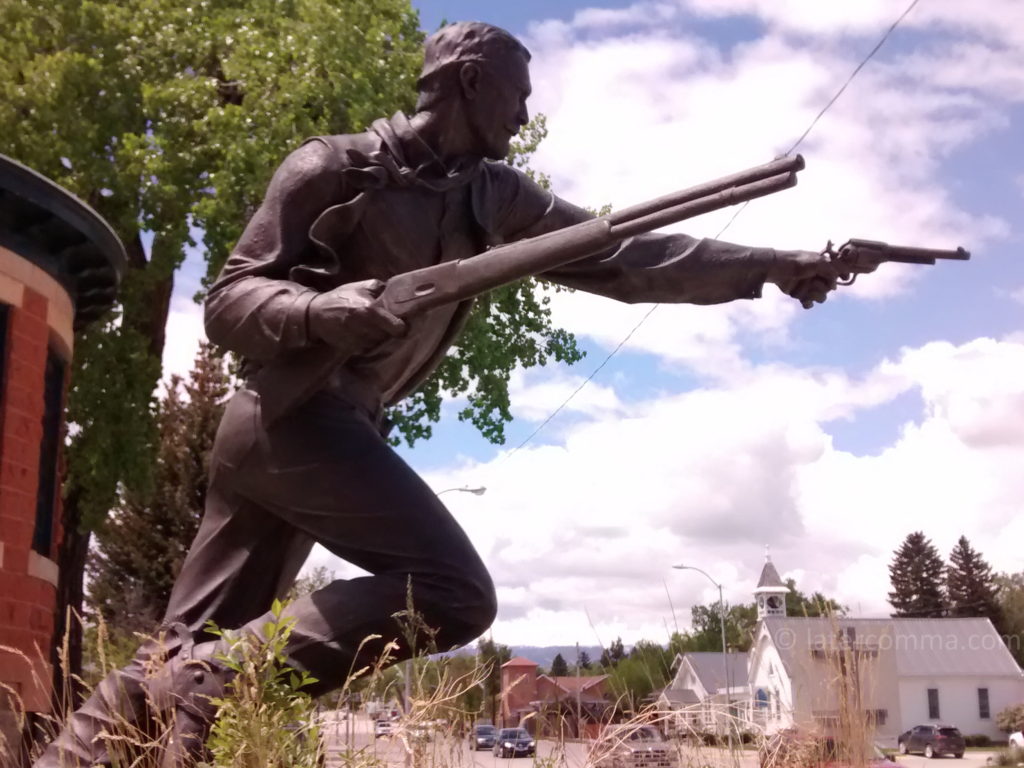
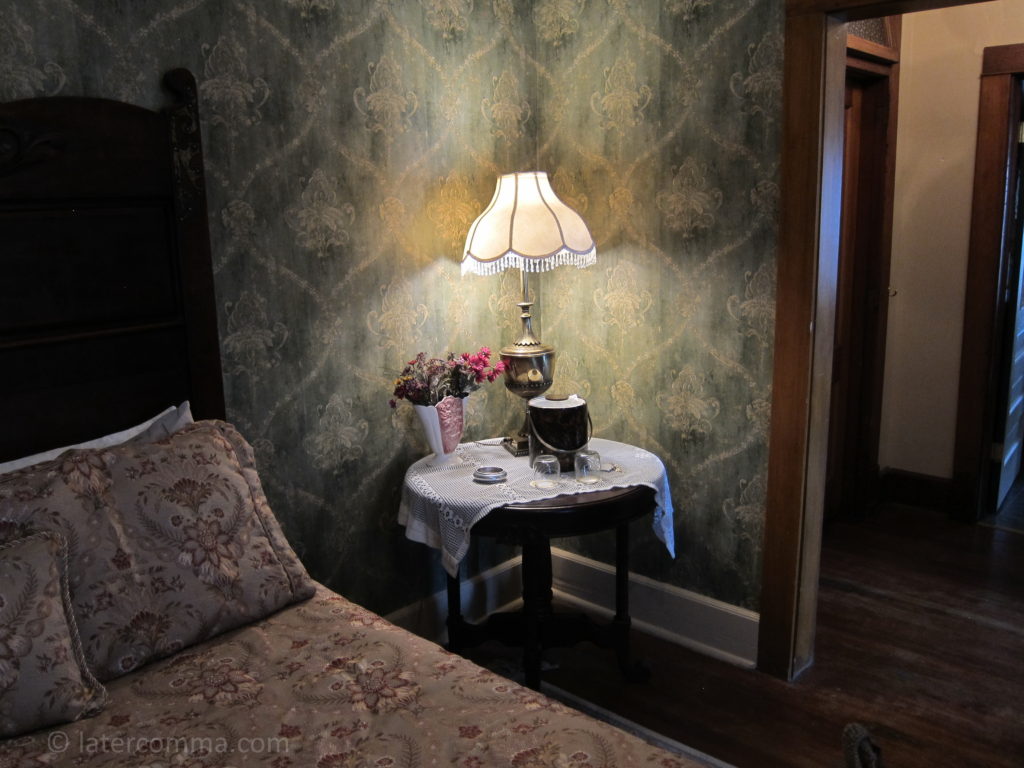
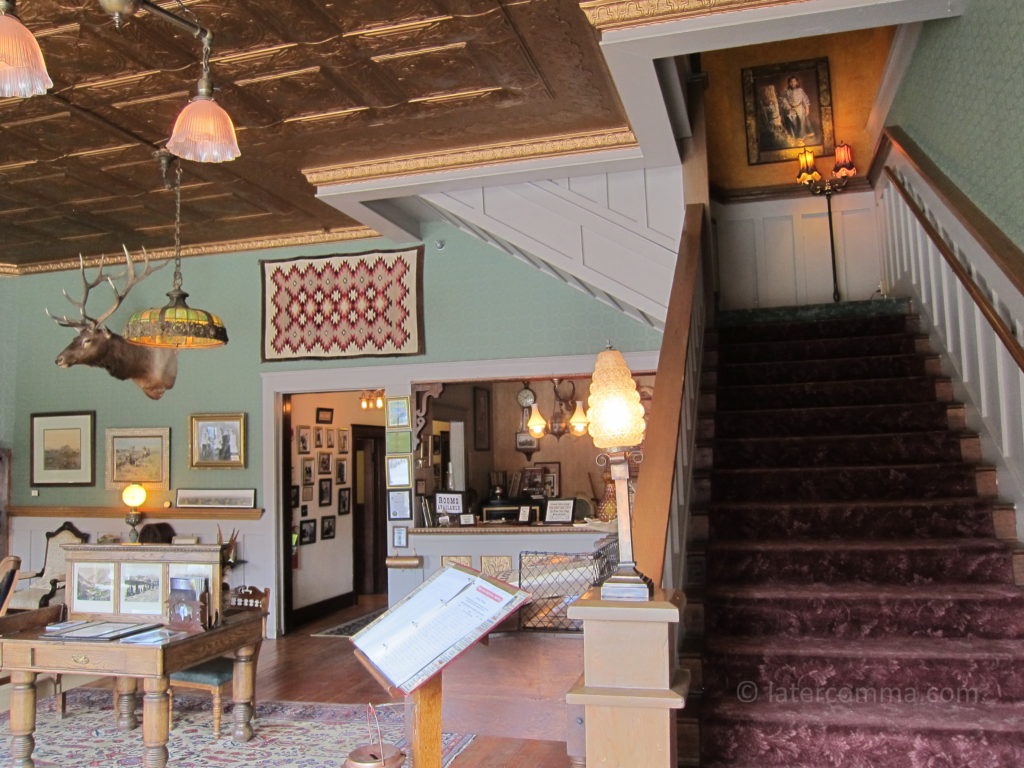
Leave a Reply